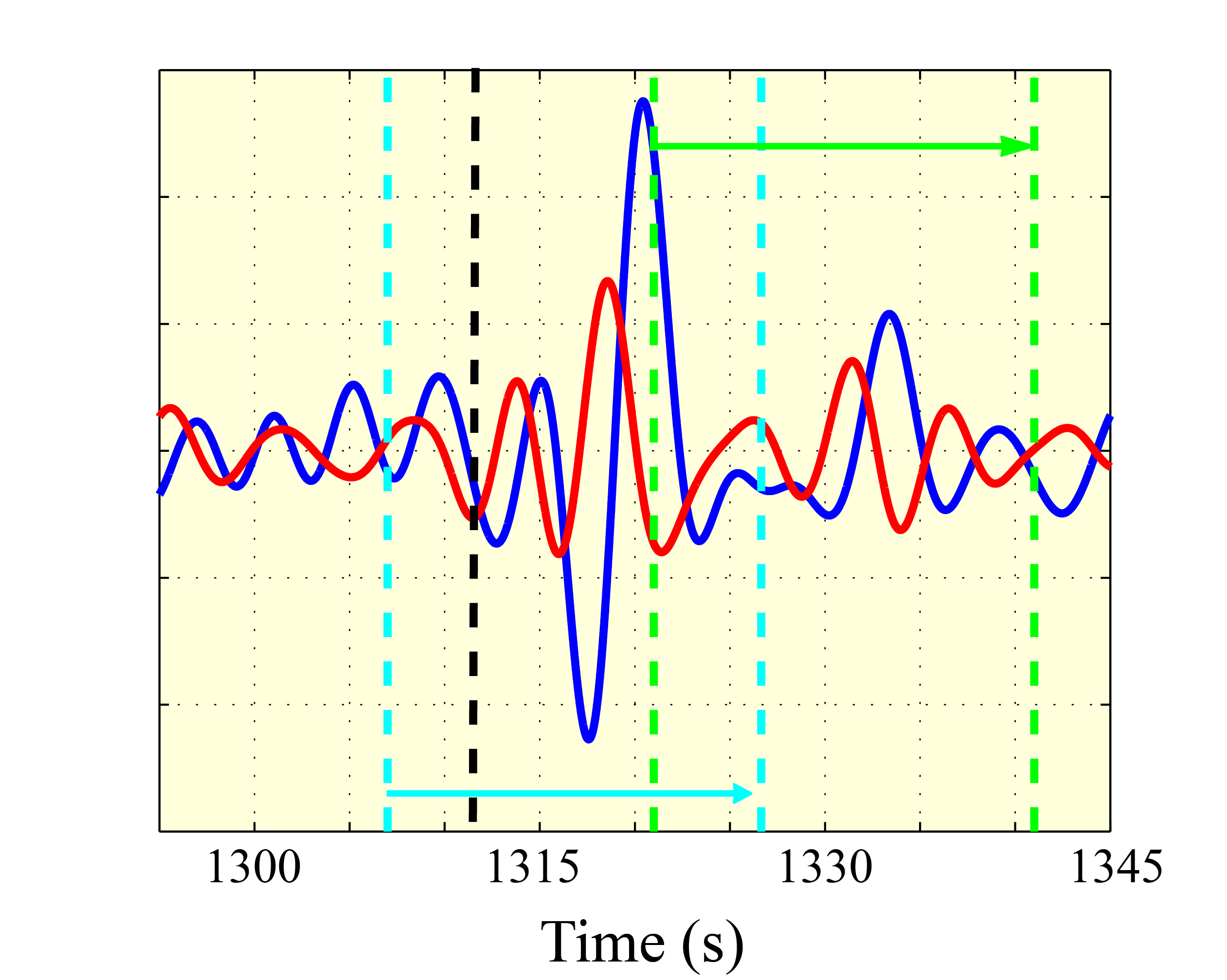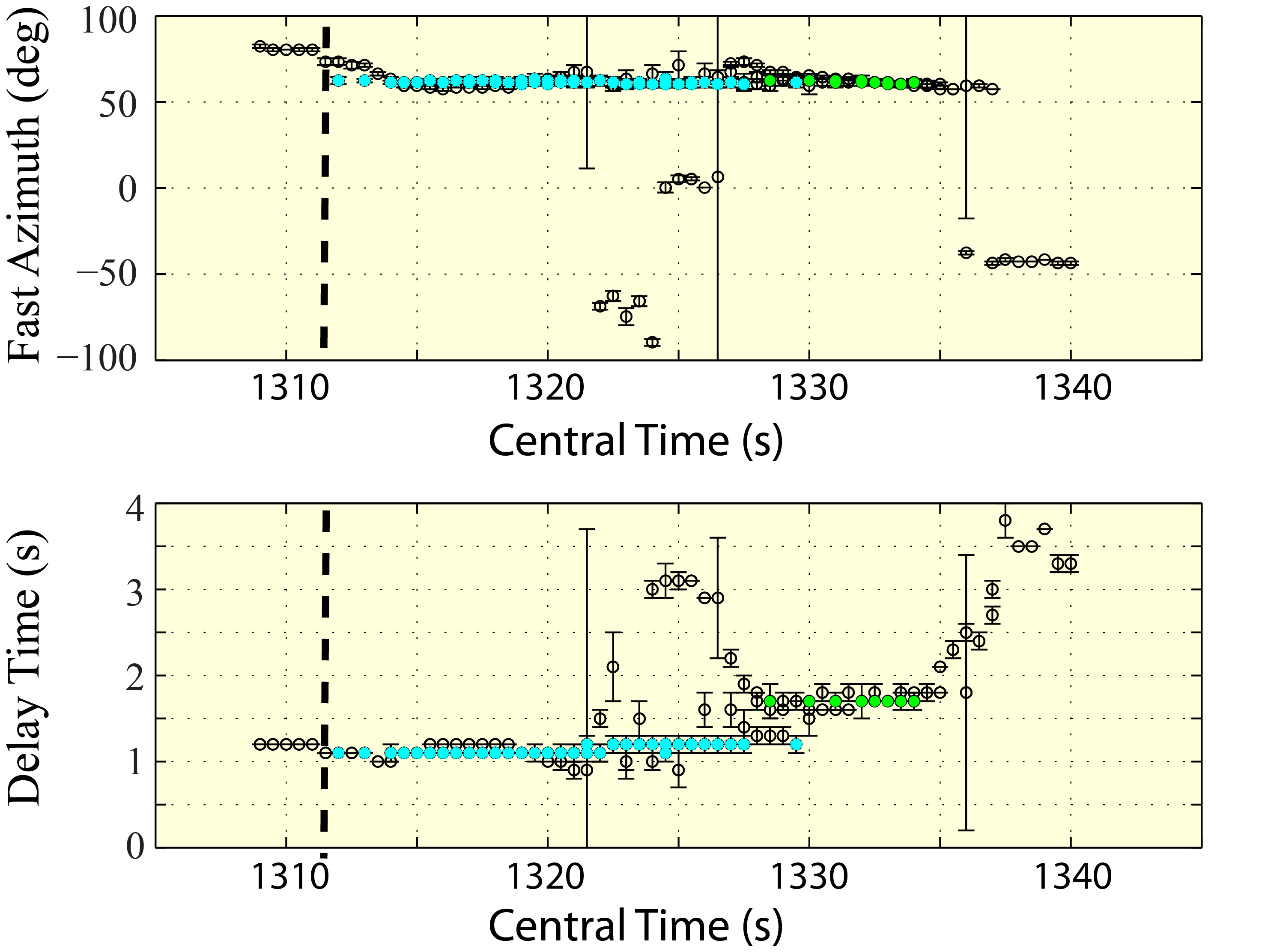Fully Automated Splitting Analysis
Seismologists have been using the shear waves that are recorded at teleseismic distances to study azimuthal anisotropy within the mantle for more than 3 decades. These studies take advantage of the fact that shear waves split into two orthogonal components, fast and slow, when they propagate through an anisotropic medium. The process that yields the direction in which shear waves travel faster, and the delay time between the fast and slow propagation shear waves is called "Shear Wave Splitting Analysis". So far, there are four highly cited techniques to do the splitting analysis; 1- Minimum Energy Method, 2-Rotation Correlation Method, 3-Eigen Value Method and 4-Cross-Correlation Method.
However these methods are well-established, the results show some dependence to the selected time window, which is the main challenge for automating the splitting analysis. Further complications may also arise from the possibility of having multiple anisotropic phases within the analysis window (Figure 1).

We use cluster analysis to obtain fast polarization azimuth for split shear waves and the delay time between the fast and slow polarized phases. We further optimised our selection criteria to output multiple pairs of splitting parameters in the presence of multiple anisotropic arrivals. This technique can be applied to any core-refracted shear wave, such as, SKS, PKS, SKKS, arrival.

Our aim is to do near-real time splitting analyses for all available seismic stations after large earthquakes.